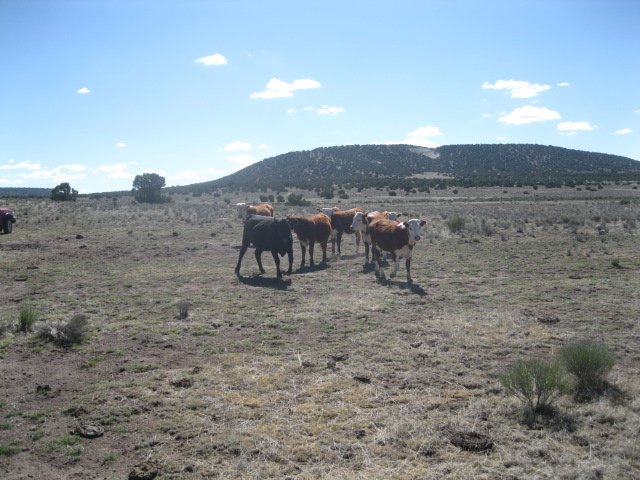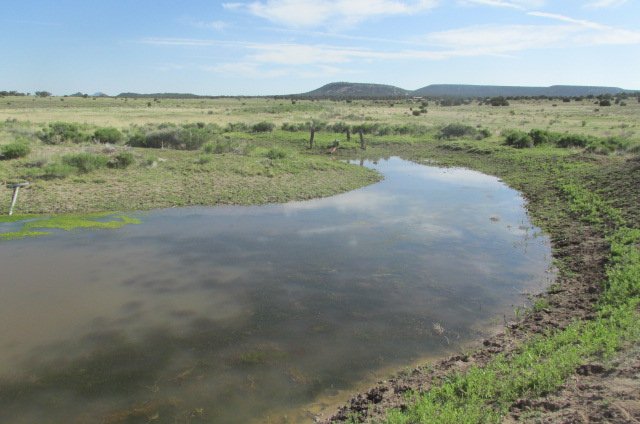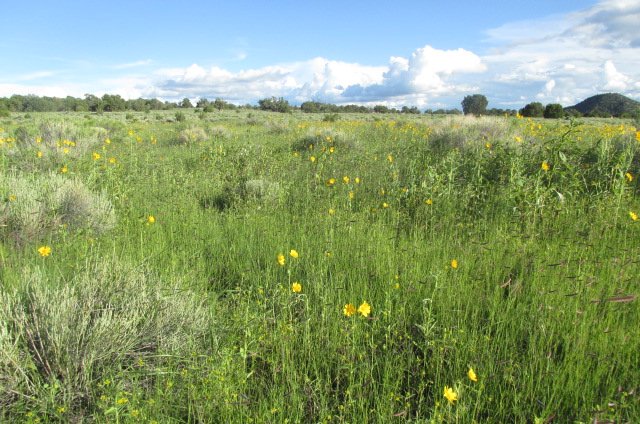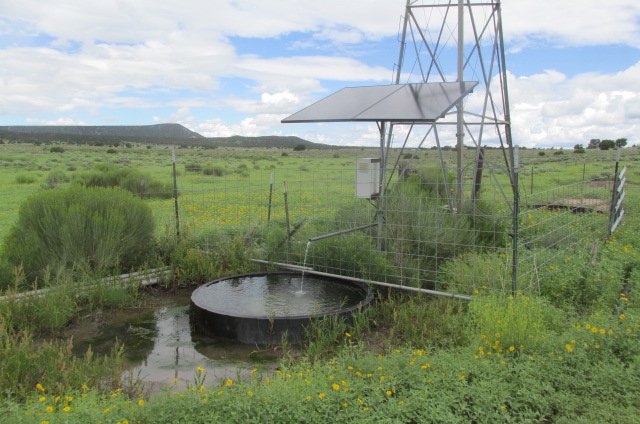Hilljackoutlaw
Well-known member
- Joined
- Jan 15, 2019
- Messages
- 6,508

Watch This 25,000-Pound Battleship Anchor Chain Rip Through Juniper in Nevada
The 'Ely Chain' is hard at work in eastern Nevada, razing swaths of pinyon-juniper forest and freeing space for better wildlife habitat.
 www.outdoorlife.com
www.outdoorlife.com








